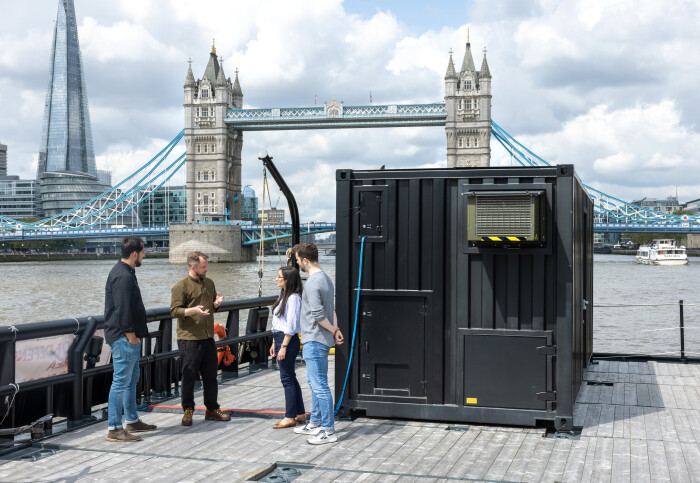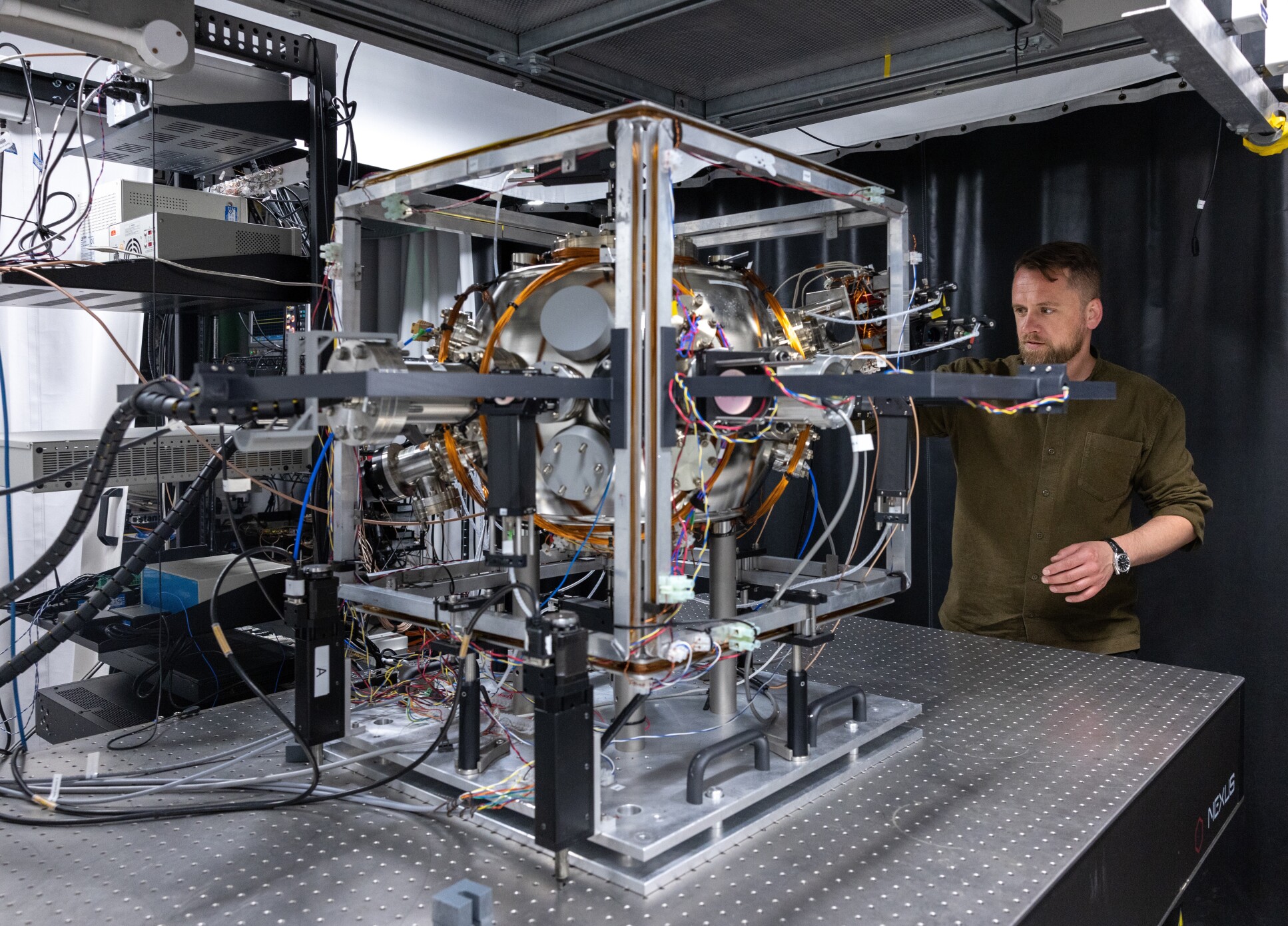WatcherZero
ACCESS: Top Secret
- Joined
- 22 May 2023
- Messages
- 829
- Reaction score
- 1,935
Submarines nowadays take a sonar image of the seafloor and compare that to their charts to correct for inertial drift but the Royal Navy has been trialling a Quantum gyroscope thats 1,000 times more accurate than a laser ring and only drifts by 1 meter every 24 hours. Its the size of a mini fridge though and reliant on freezing Rubidium gas to near absolute zero (where quantum effect kicks in and the Rubidium atoms stop acting as individual particles and instead act as a wave) so I doubt it will be miniaturised enough to work on missiles.
Last edited:









